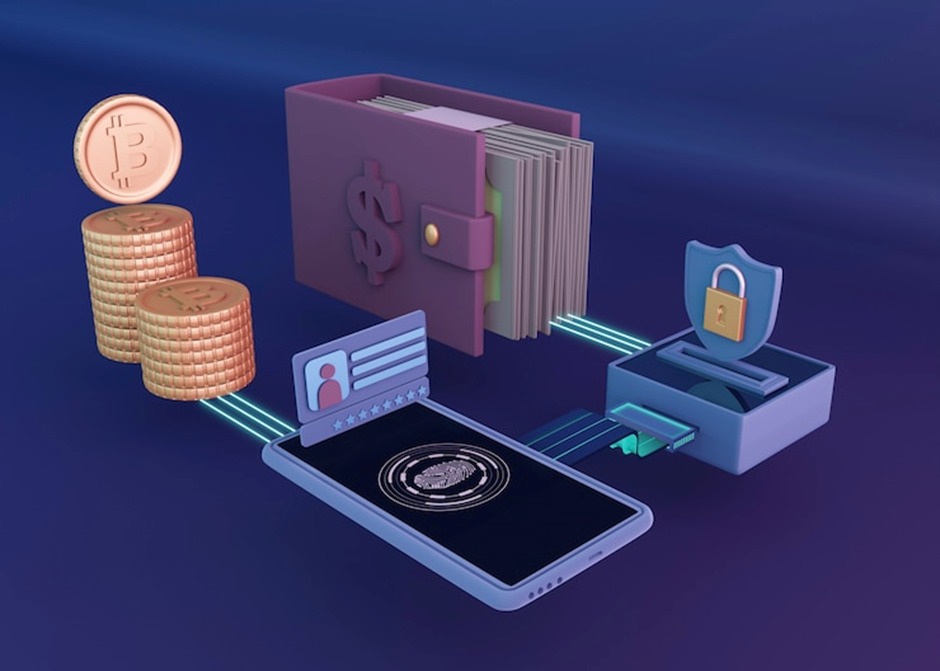In the wild world of Web3, scammers aren’t just faking airdrops or shilling trash coins anymore—they’re cloning entire platforms. From fake decentralized exchanges (DEXs) to eerily perfect copies of trusted wallet apps, crypto thieves in 2025 have leveled up, turning digital deception into a high-stakes art form. These aren’t bootleg websites with bad grammar anymore. These are pixel-perfect impersonations of tools millions rely on daily. And they exist with one purpose: to rob you blind the second you connect your wallet.
The Rise of the Fake DEX
Let’s say you Google “best place to swap ETH for ARB.” A sponsored result pops up—looks like Uniswap, even has the right logo. You click, connect your wallet, and boom—you’re on a copycat platform with a hidden smart contract ready to drain everything. These scam DEXs are popping up fast, often with URLs just one letter off from the real deal. They mimic design, use similar domain names, and sometimes even show fake liquidity pools to make the swap process look real. But once you approve the trade, your tokens are gone—and there’s no customer service to email.
Wallet Clones: The New Wallet Killer
Scammers aren’t stopping at DEXs. They’re now cloning entire wallet apps—MetaMask, Trust Wallet, Phantom—uploading them to app stores, sideload sites, and shady browser extensions. These clones look legit, but the moment you import your wallet using your seed phrase, your funds are siphoned. Some even let you deposit assets, swap tokens, and view fake balances—all while draining everything on the backend. In some cases, cloned browser extensions will auto-sign malicious transactions without any UI warning. That’s not just theft—it’s an ambush.
How It Works: Clone, Connect, Collect
Here’s the playbook:
- Step 1: Clone a popular wallet interface or DEX site.
- Step 2: Distribute through SEO, paid ads, Discord links, or impersonation DMs.
- Step 3: Trick the user into connecting or importing their wallet.
- Step 4: Run scripts to transfer tokens, NFTs, or approvals for future access.
- Step 5: Mix, launder, and disappear.
These scams work because they don’t ask for your seed up front. They wait for you to act like you always do—click “Connect,” hit “Approve,” and trust the familiar design. That’s the trap.
Fake Liquidity Pools, Real Losses
Many fake DEXs now showcase bogus pools with fabricated token balances. Users are shown swaps with favorable rates and low gas fees. But what’s actually happening is either:
- You’re signing a smart contract that approves a malicious contract infinite access.
- You’re being redirected through a script that routes your funds to a scammer wallet.
There’s no transaction history visible to you, but on-chain, it’s already game over.
Even the Pros Get Got
You’d think this would only catch new users—but nope. Some of the biggest wallet drains this year came from experienced DeFi traders who were multitasking, distracted, or simply too confident. The danger isn’t ignorance—it’s routine. These scams prey on your muscle memory, your trust in logos, and your impatience.
How to Stay Ten Steps Ahead
- Bookmark every trusted DEX and wallet site. Don’t Google.
- Never download wallets from unofficial app stores or links in chats.
- Double-check URLs. If it looks off, it probably is.
- Always inspect the contract address before signing anything.
- Avoid connecting to unknown dApps or doing swaps through unfamiliar interfaces.
- Use transaction simulation tools or browser extensions that scan for wallet drainers.
Conclusion: They’re Not Hacking—They’re Imitating
In 2025, the most dangerous crypto scam isn’t brute force—it’s brilliance. These fake DEXs and wallet clones don’t need to break in. They just dress up like what you already trust and hold the door open while you walk right in. It’s digital cosplay for crime. You’re not safe because you’re smart. You’re only safe if you’re skeptical. In crypto, if it looks like Uniswap, acts like Uniswap, and smells like Uniswap—it might still be a thief in disguise.

